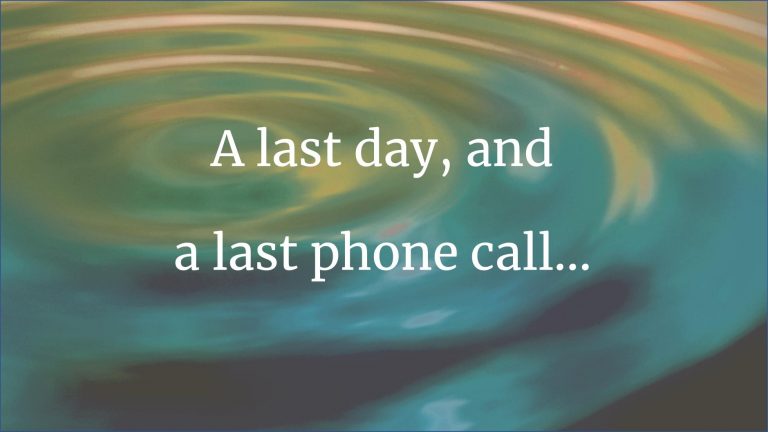
Mind Boggling
“Eleven years ago, I wasn’t as old as I am now—which is a funny thing!” Virginia Mitchell tells me.
She’s dressed as if she picked her clothes using yellow Benjamin Moore paint samples: bright canary shirt, mustard pants, daffodil leather shoes. Last week’s theme was purple, topped off with a violet scarf; another time it was green, accented with a chartreuse ascot.








